what is a group of newborn kittens called
 What is the name given to a group of kittens? Is it called a kindle? - Quora
What is the name given to a group of kittens? Is it called a kindle? - QuoraKitten A kitten is a . After birth, kittens show primary and are totally dependent on your mother for . They usually do not open their eyes until after seven to ten days. After about two weeks, kittens develop quickly and begin to explore the world outside the nest. After another three to four weeks, they start eating solid foods and cultivating adult teeth. Domestic kittens are highly social animals and usually enjoy the human company. kittenContentsEtymology and development The word "kitten" derives from the word gatun, which in turn came from chitoun or cheton. Young people are called "cubes" instead of kittens; or the term (but generally more commonly "squalled") can be used for young people of less nature, such as , , and . A feline usually consists of two to five kittens born after a duration between 64 and 67 days, with an average length of 66 days, but from one to more than ten are known. Kittens emerge in a sack called the , which is bitten and eaten by the mother cat. During the first few weeks, kittens cannot or may not be stimulated by their mother. They can also not regulate their body temperature during the first three weeks, so kittens born at temperatures below 27 °C (81 °F) can die if their mother does not keep them warm. Maternal milk is very important for the nutrition of kittens and the right growth. This milk is transferred to kittens, which helps protect them against. Newborn kittens are unable to produce concentrate, and therefore have a very high requirement for fluids. Kittens open seven to ten days after birth. At first, development is poor and vision is poor. Kittens cannot see as much as adult cats up to about ten weeks after birth. Kittens develop very quickly from about two weeks of age to their seventh week. Your coordination and strength improve. Kittens - fight with her bedmates and start exploring the world out of the nest or den. They learn to wash themselves and others, as well as play hunting and stalking games, showing their innate capacity as predators. These innate skills are developed by the mother of kittens or other adult cats, who bring the live prey to the nest. Later, adult cats demonstrate hunting techniques for kittens to emulate. As they reach three to four weeks of age, kittens are gradually and start eating solid foods, with the usually complete weaning of six to eight weeks. Kittens usually begin to lose their around three months of age, and have a complete set of adult teeth in nine months. Kittens live mainly in solid foods after weaning, but usually continue to succionate from time to time until they separate from their mothers. Some mother cats will scatter their kittens as early as three months old, while others continue to take care of them until they approach. Kitten sex is usually easy to determine at birth. In six to eight weeks they are more difficult to have sex due to skin growth in the genital region. The male is round, while the female's urethral opening is a cleft. Another marked difference is the distance between urethral opening, which is greater in men than in women. Kittens are very social animals and spend most of their hours of awakening interacting with available animals and playing on their own. Play with other kitten peaks in the third or fourth month after birth, with loneest hunt and stalking game beak later, about five months. Kittens are vulnerable because they like to find dark places to hide, sometimes with fatal results if not carefully observed. Cats have the habit of looking for shelter under or inside cars or over car tires during stormy or cold weather. This often leads to broken bones, burns, heat strokes, damaged internal organs or death. Domestic kittens are commonly sent to new homes at six to eight weeks of age, but it has been suggested that being with your mother and her bedmates six to twelve weeks is important for the social and behavioral development of a kitten. In general, the breeders and foster homes will not sell or adopt a kitten that is less than twelve weeks. In many jurisdictions, it is illegal to give kittens under eight weeks. Kittens generally reach sexual maturity at about seven months of age. A cat reaches full "adultitude" around a year old. Medical kittens in developed societies are often vaccinated against common diseases of two to three months of age. The usual combined vaccination protects against (FVR), (C), and (P). This inoculation is usually given at eight, twelve and sixteen weeks, and an inoculation can be given at sixteen weeks. Kittens are usually seven months old, but kittens can be castrated as young as seven weeks (if it is large enough), especially in . Such early neutration does not seem to have any , and can even be beneficial in male cats. Kittens are commonly held against about four weeks. NutritionThe lines are carnivorous and have been adapted to animal-based diets and low carbohydrate inclusion. Kittens are classified into a stage of life growth, and have high energy and protein requirements. When feeding a kitten, it is often recommended to use highly digestible ingredients and various components to help in development in order to produce a healthy adult. In North America, the diets certified by the Association of Food Control Officials (AAFCO) are accepted as adequate nutrition, so kitten diets must be approved to ensure full supplementation. The key components of the diet are the high fat content to meet the caloric growth requirements, high protein to meet muscle growth requirements, as well as the supplementation of certain nutrients to benefit the development of and optimization of . Pre-creasing nutrition Establishing immunity Part of the immune system of the kitten is the mucosal immune system, which is within the gastrointestinal tract. The mucosal immune system is largely responsible for coordinating appropriate immune responses by tolerating safe antigens and attacking foreign pathogens. In order to optimise gatite health and increase the chances of survival, it is important to optimize the link between it and that of the . Durable health and longevity can be achieved in part through adequate nutrition and establishing a healthy intestine from birth through the use of collostrum. Within the first 2 days, kittens acquire from their mother's milk. Milk within the first days of the partition is called , and contains high concentrations of . These include and cross the intestinal barrier of . Immunoglobulins and found in the colostrum begin to establish and strengthen the weak immune system of the offspring. Kittens are able to chew solid foods about 5-6 weeks after birth, and it is recommended that 30% of your diet consist of solid foods right now. The kitten stays in the breast milk up to about eight weeks old when the weaning is complete and a solid food diet is the main source of food. FatUntil post-crementant nutrition approximately one year old, the kitten is experiencing a growth phase where energy requirements are up to 2.5 times higher than . Pet nutritionists often suggest that a specifically designed kittens should be offered from 4 weeks of age. has a caloric value higher than and , supplying 9 kcal/g. Growing kitten requires and can be provided in . Docosahexaenoic acid (DHA) is another vital nutrient that can be supplied through omega fatty acid 3. The addition of DHA to the diet benefits the cognitive, brain and visual development of kittens. Protein Cats are naturally and require high amounts of protein in the diet. Kittens are experiencing growth and require high amounts of protein to provide essential amino acids that allow tissue and muscle growth. It is recommended that kittens consume a diet containing approximately 30% of proteins on a dry matter basis for proper growth. is an essential amino acid found only in animal tissues and cannot be produced in sufficient quantities by the cat. Since it is an indispensable amino acid, it should be provided exogenously through the diet to 10 mg/kg body/day. Private kittens of taurine may experience poor growth and may result in retinal degeneration in cats. CarbohydratesThe lines are natural carnivores and do not intentionally consume large quantities of carbohydrates. The liver of the domestic cat has adapted to the lack of carbohydrates in the diet using amino acids to produce glucose to feed the brain and other tissues. Studies have shown that the digestion of carbohydrates in young kittens is much less effective than that of a mature feline with a developed gastrointestinal tract. Highly digestible carbohydrates can be found in commercial food kittens as an additional energy source, as well as a fiber source to stimulate immature intestinal tissue. The soluble fiber, such as the beet pulp, is a common ingredient used as hardening of fibrous feces and has proven to strengthen the intestinal muscles and thicken the intestinal mucous layer to prevent diarrhea. Composition of the Amino acid diet The lack of availability of limited carbohydrates in the diet has led to liver adaptation to produce glucose from protein-decomposition components — amino acids. The enzymes that decompose amino acids are constantly active in cats. Thus, cats need a constant source of protein in their diet. Kittens require a greater amount of proteins to provide amino acids readily available for daily maintenance and to build new body components because they are constantly growing. There are many amino acids needed for kittens. it is required in no more than 30% on gatty diets, as eating histidine free diets causes weight loss. is required at 0.15%, as it maximized performance at this level. Kittens also need the following supplemented amino acids in their diet: to avoid an excess of ammonia in the blood, otherwise known as , , , , , , , , as an amino acid containing sulfur, for maximum growth in the early post-weaning kitten, and taurine to prevent the central degeneration of the retina. Vitamins liposoluble vitamins is required in gatty diets because cats cannot become the intestinal mucosa because they lack the necessary enzyme; this vitamin should be supplemented in the diet. is another vitamin required in gatty diets; the deficiency leads to steatitis, causing the deposit fat to become firm and yellow-orange in color, which is painful and leads to death. In addition, it is an essential vitamin because cats cannot convert it from precursors to the skin. Hydrosoluble vitamins Cats may synthesize, but their breakdown exceeds the rate that can be synthesized and therefore have a higher need for it, which can be met through an animal-based diet. (vitamin B6) is required in larger quantities because it is needed to produce amino acids. is a vitamin recommended by AAFCO that is essential in the metabolism of carbohydrates and proteins and maintains a healthy nervous system, healthy mucous membranes, healthy muscle and heart function, and generally promotes normal growth and development. is also a recommended ingredient AAFCO for kittens, which is important for the brain and as a component of the membrane. Biotin is another vitamin recommended by AAFCO to support thyroid and adrenal glands and reproductive and nervous systems. Kittens also require (vitamin B2) for heart health (vitamin B5) and . Metabolism HelpsBecause gatitas diets are very high in , the ingredients must be implemented to ensure proper digestion and use of these calories. Scot chloride is an ingredient that keeps fat. and niacin are also active in fat metabolism, carbohydrates and protein. Riboflavin is also necessary for the digestion of fats and carbohydrates. These are the main metabolism aids incorporated in gatty diets to ensure that the use of nutrients is maximized. Growth and development A combination of nutrients is used to satisfy the overall growth and development of the kitten body; there are many ingredients that kittens do not require, but are included in diet formulation to promote healthy growth and development. These ingredients include: dry egg as a source of high-quality proteins and fatty acids, which is rich in omega-3 fatty acids and helps in digestion, as a source of calcium, and calcium pantothenate () that acts as one in converting amino acids and is important for healthy skin. Immunity boosters help support the development of a healthy immune system by inhibiting other molecules, which are essential for a growing kitten. Antioxidants can be derived from ingredients such as: carrots, sweet potatoes, spinach, vitamin E and vitamin E supplement, and . Orphan kittens Kittens require a high calorie diet that contains more protein than the adult cat diet. Young orphan kittens require cat milk every two to four hours, and need physical stimulation to defecate and urinate. The replacement of cat milk is manufactured to feed young kittens, as milk does not provide all the necessary nutrients. Human breed kittens tend to be very affectionate with humans as adults and sometimes more dependent on them than kittens raised by their mothers, but they can also show volatile mood and aggression. Depending on the age of orphans and how long they were without their mothers, these kittens can be severely underweight and may have health problems later in life, such as heart conditions. The committed immune system of orphan kittens (because of the lack of naturally found antibodies in breast milk) can make them especially susceptible to infections, making antibiotics a need. ########################################################################################################################################################################################################################################################## Breeds()() Total domestic Hybrid Navigation menu Personal tools Named spaces Variants Views More Search Navigation Contributed Tools Printing/exporting Other projects Languages

What Is the Common Noun for a Group of Kittens?

The 35 Cutest Facts Of All Time | Crazy cats, Kittens cutest, Cute animals
A Group of Cats is Called a 'Clowder'

What Is the Name for a Litter of Newborn Kittens?
What is the name given to a group of kittens? Is it called a kindle? - Quora
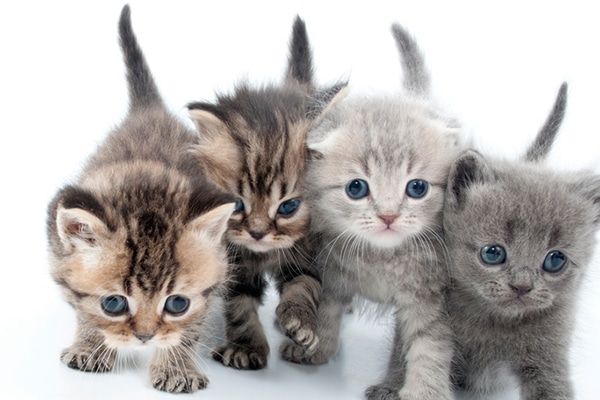
When Do Kittens Open Their Eyes? - Catster
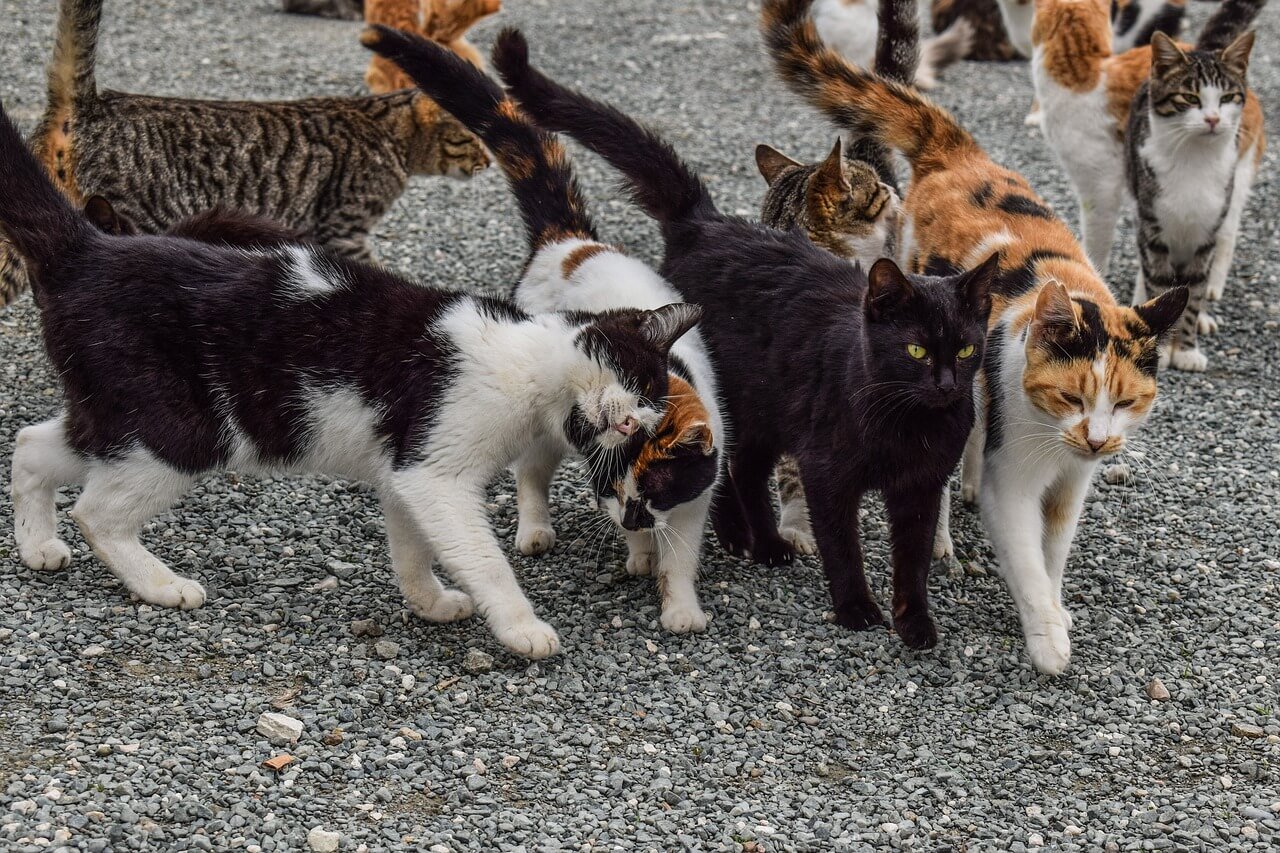
What Is The Name For A Group Of Cats? - Tuxedo Cat
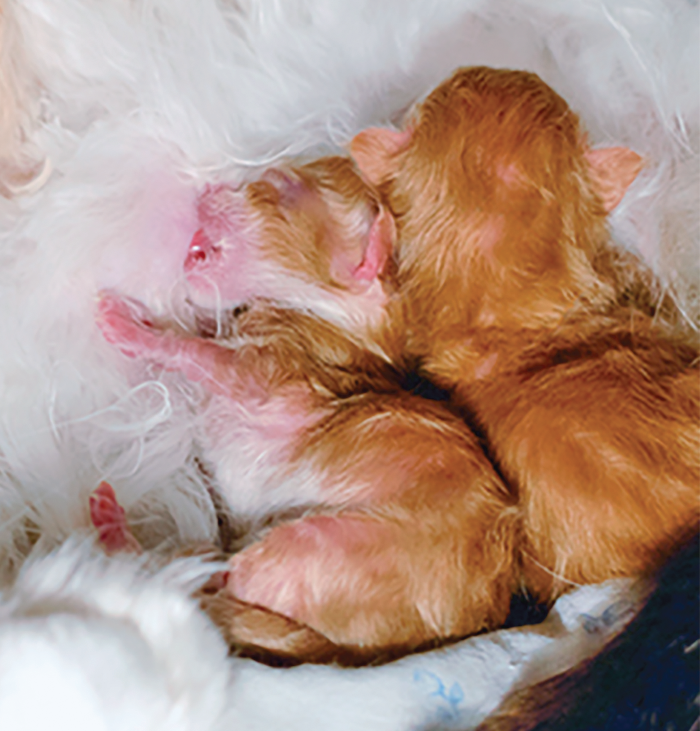
Neonatal Isoerythrolysis - Catwatch Newsletter

Kitten Season Is Here! | Sign up to Foster Kittens With Adopt & Shop
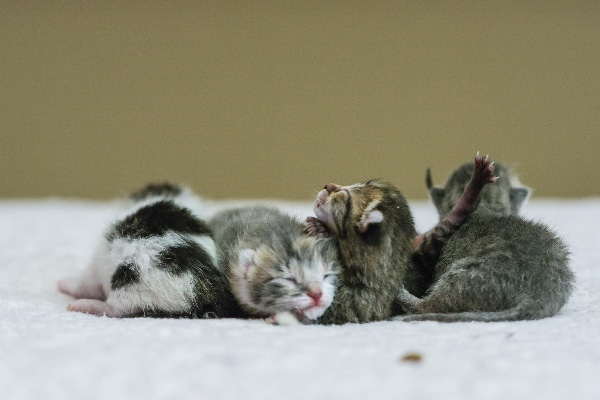
What You Need to Know About Newborn Kitten Care - Catster
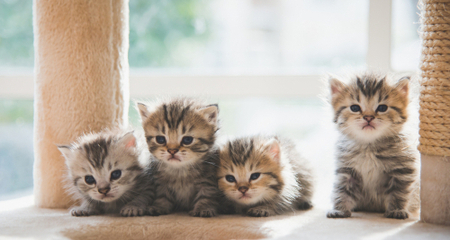
Orphan Kitten Care: How to Care for Abandoned Kittens | PetCoach

Neonatal Kitten Toolkit | Network Partners
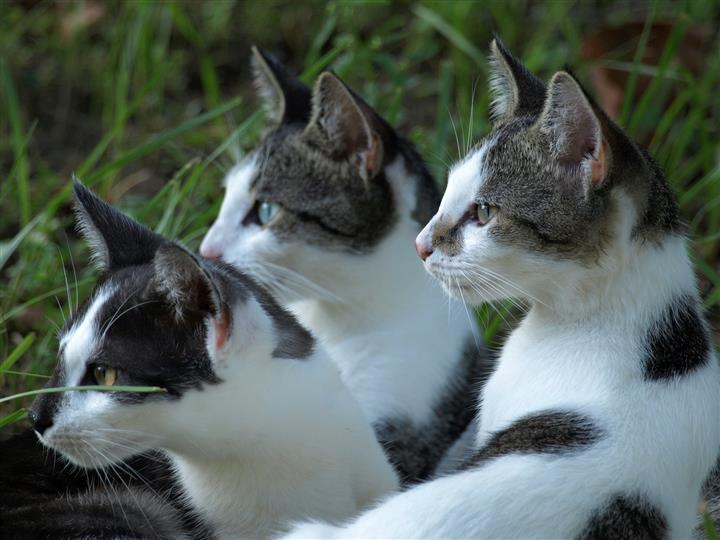
A clowder of cats: 30 fancy names for animal groups

→ Searched for the sweetest, cutest and most adorable cats on Pinterest, and PINNED them ♧ | Kittens cutest, Cute cats, Cats
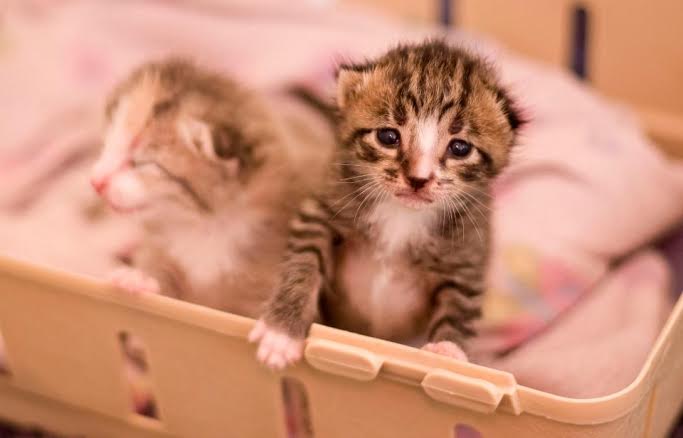
10 Crucial Steps to take to Save an Abandoned Newborn Kitten

What to Do if a Mother Cat Won't Nurse Her Kittens

What Do You Call a Group of Cats? - Upgrade Your Cat
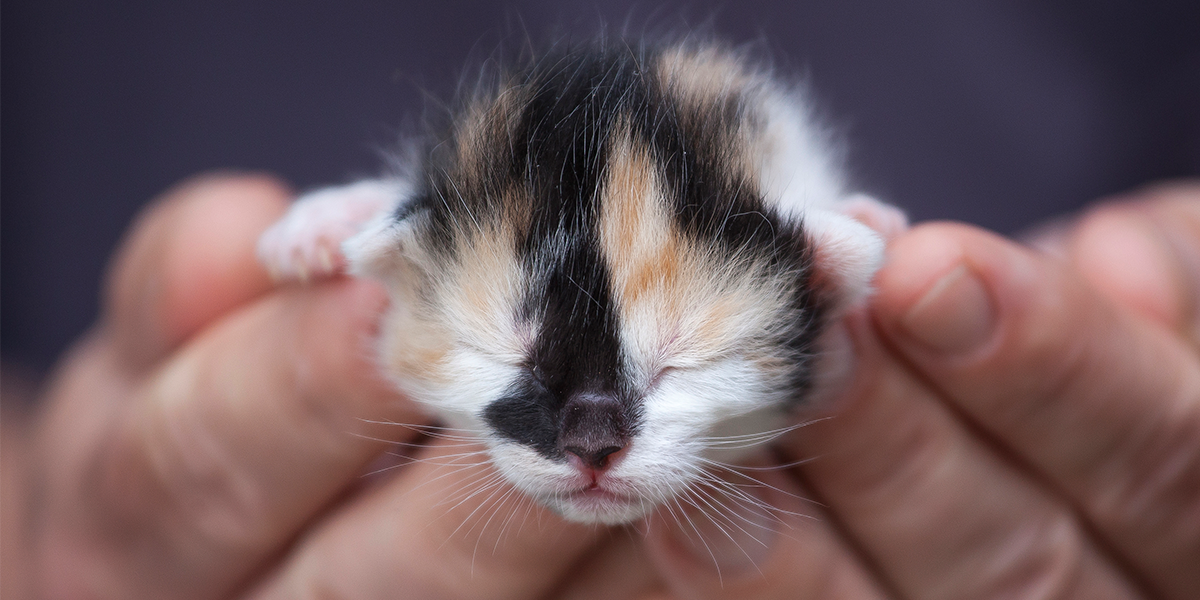
Kitten deaths (Fading Kittens) | International Cat Care
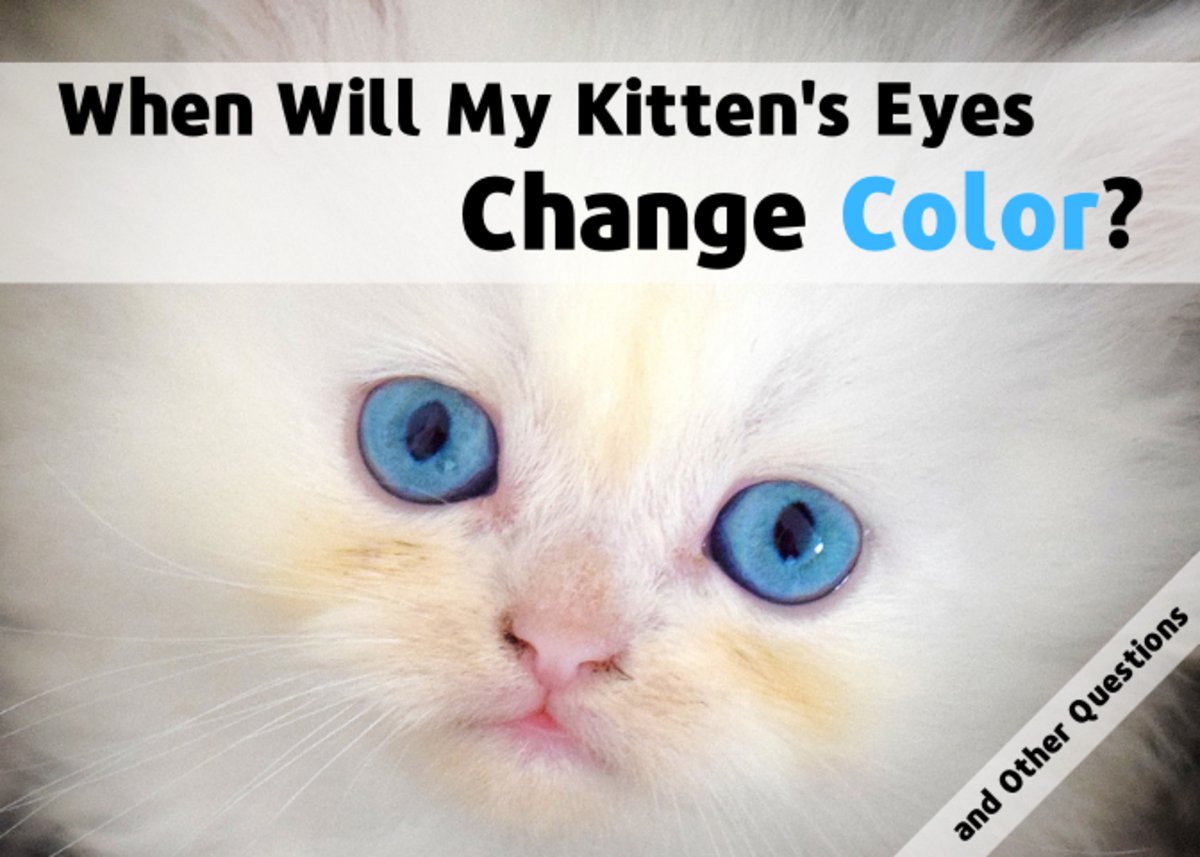
Will My Kitten's Blue Eyes Change Color? (Common Kitten Questions) - PetHelpful - By fellow animal lovers and experts

What Do You Call a Group of Cats? - Upgrade Your Cat
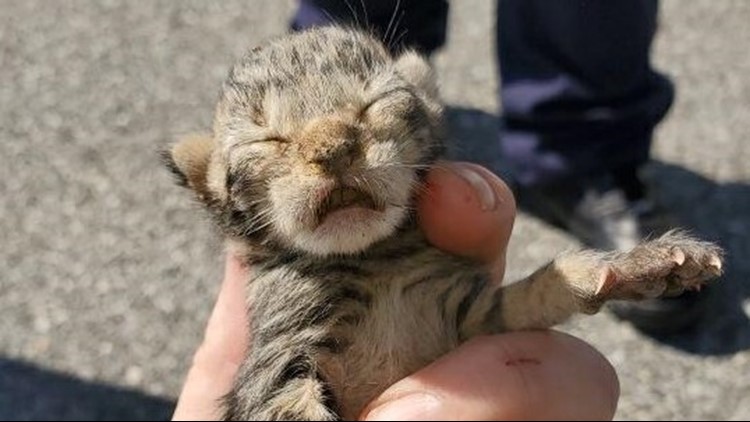
2 of 4 newborn kittens rescued deep inside Maryland water utility's truck die | wusa9.com

Newborn Kitten Saved After Found Abandoned And Covered In Maggots! - Cole & Marmalade
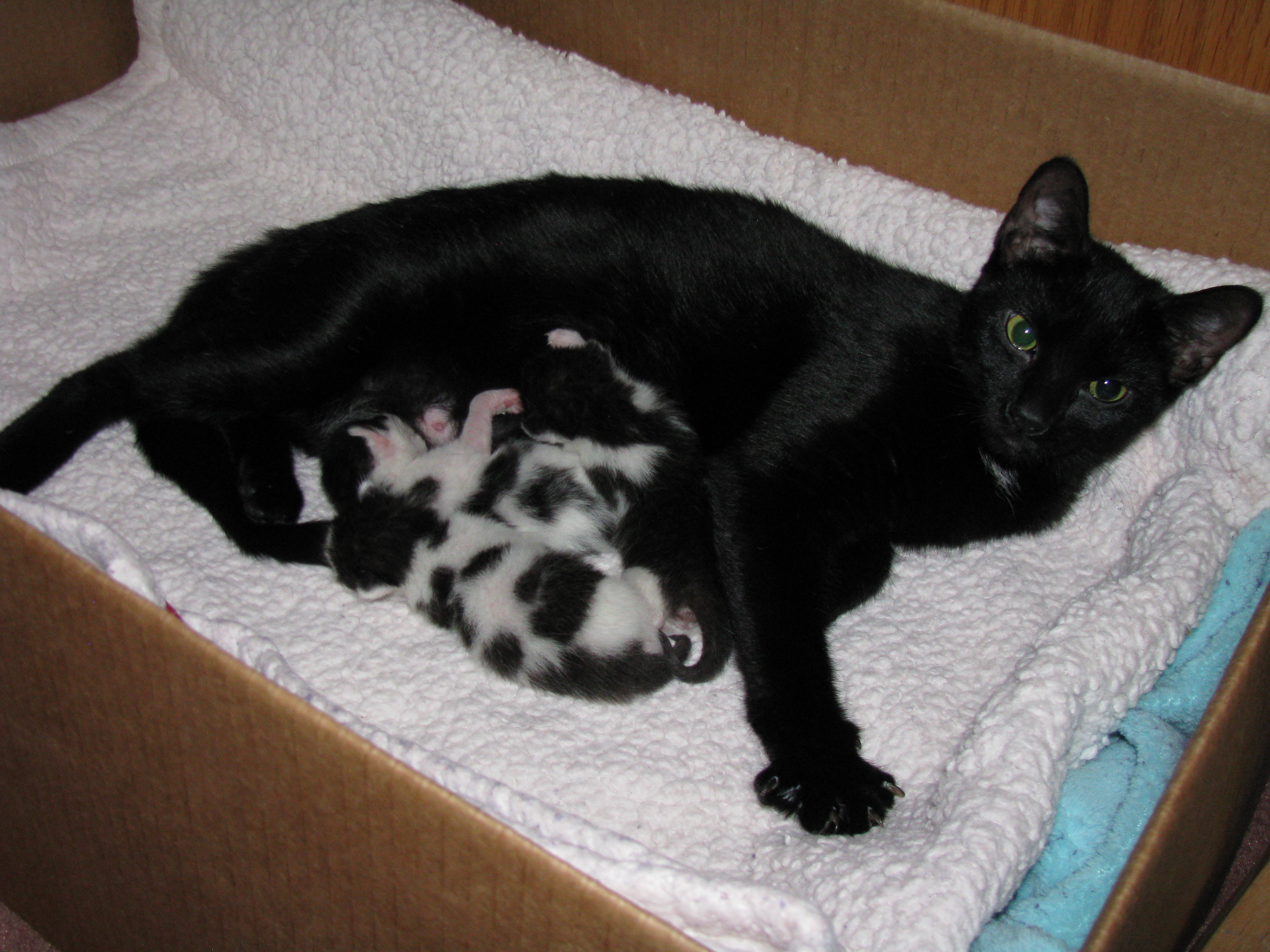
SC Pound Policy: Take Newborn Kittens Away from Nursing Mothers and Kill Them | YesBiscuit!
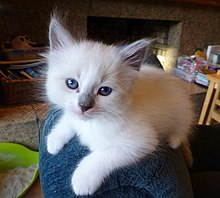
Kitten - Wikipedia
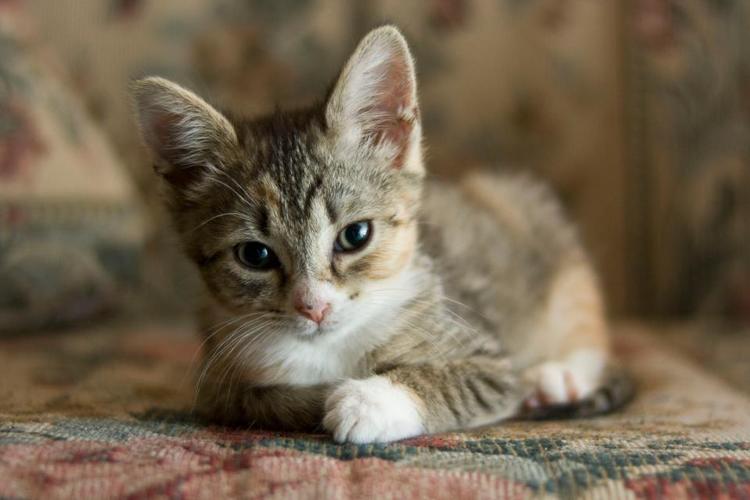
10 Crucial Steps to take to Save an Abandoned Newborn Kitten
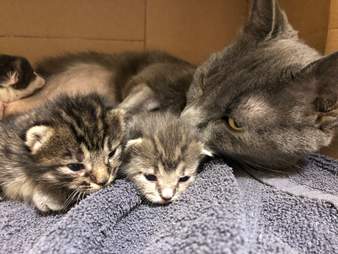
Stray Cat Helps Raise Newborn Kittens When Their Mom Gets Sick - The Dodo
Bottle Babies | Community Concern For Cats
Animal Shelter Assistance Program

How Mother Cats Take Care of Kittens

Finding Baby Kittens — KRAZY FOR KATS, INC.
/persian-kitten-and-reflection-by-window-478954365-590b5f025f9b5864709a9b41.jpg)
Common Disorders and Diseases in Kittens
Hilarious Animal Group Names- Collective Nouns | Pundit Cafe

Bengal Cat Breed Information
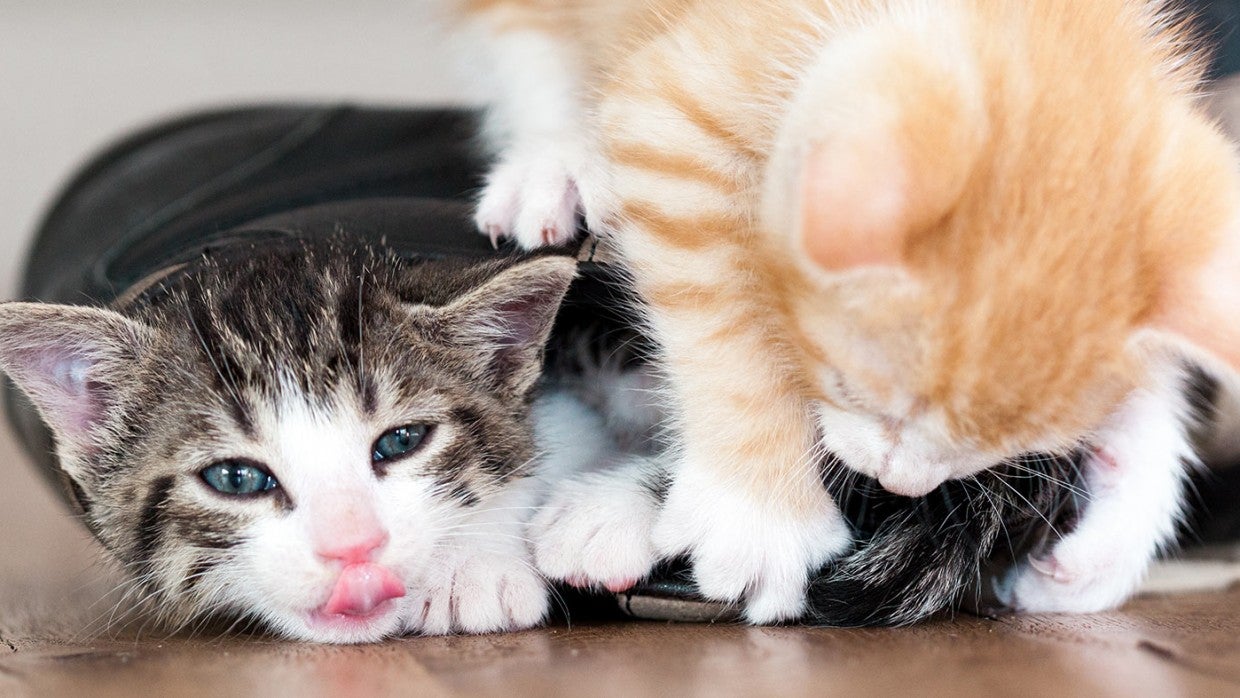
Kitten behavior basics | The Humane Society of the United States

Give your kitten a bath with these simple tips | Animal Humane Society
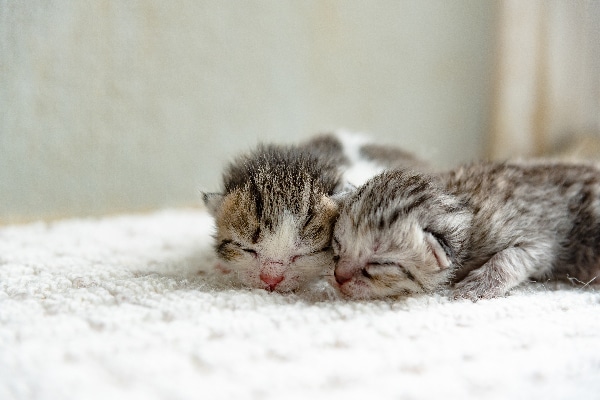
When Do Kittens Open Their Eyes? - Catster

Kitten Development! Learn About Newborn Kitten Development
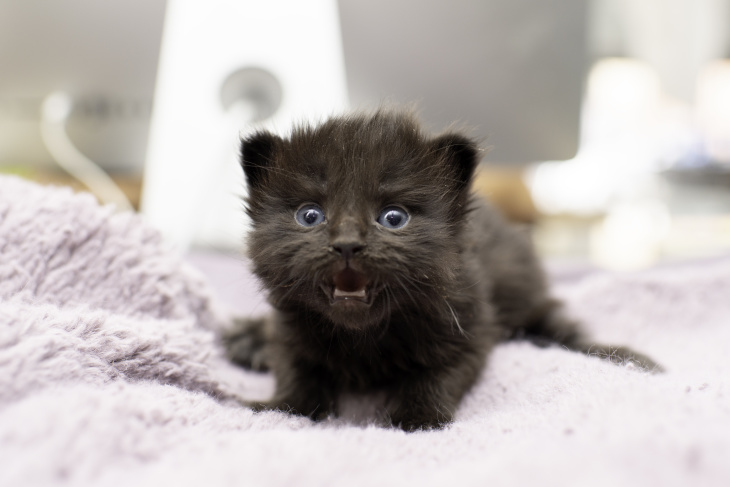
LA Is In The Midst Of A Kitten Crisis. Here's How You Can Help: LAist

Kitten Fostering | Best Friends Animal Society
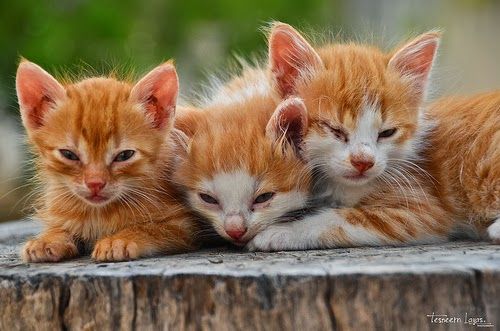
Paws For Reaction: CAT FACT! | Cat facts, Cats, Baby animals
Posting Komentar untuk "what is a group of newborn kittens called"